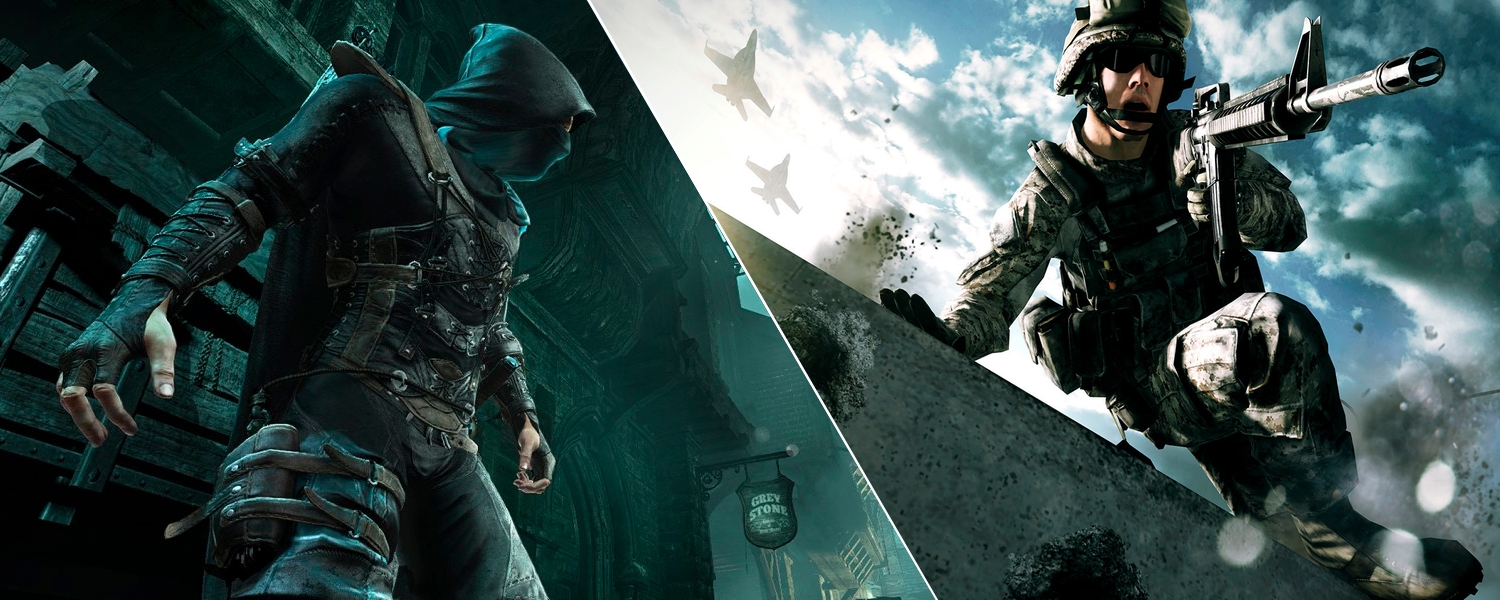AMD announced its Mantle API last year as a method of improving performance in games by allowing them to use your CPU and GPU more efficiently. AMD's Catalyst software lets applications speak directly to the Graphics Core Next architecture in your GPU or APU to help remove load from your CPU.
Although AMD says Mantle will be an open API, the company has yet to make its specification public. For now, Mantle is limited to parts built on AMD's 28nm Graphics Core Next architecture including the Radeon R9 290X, R9 290, R9 280X, R9 270X and R7 260X. We assume older cards will be left behind.
The biggest news for Mantle since being announced has been support from DICE's Frostbite 3 engine (and by extension, Battlefield 4). Given that BF4's cutting-edge graphics raised the benchmark for 3D visuals, it would be of great benefit for AMD to give Radeon owners a free performance boost.
Unfortunately, that didn't play out as well as it could have. Mantle was supposed to be added to BF4 in December but the game had a buggy launch and Mantle support was delayed until February. Once it finally arrived, we still experienced enough stability issues that we couldn't deliver a performance review.
Since then, BF4 has been patched repeatedly and support for Mantle has grown. On March 18, AMD and Eidos enabled both Mantle and TrueAudio in Thief when using the latest Catalyst beta driver and a compatible GPU. Additionally, Crytek revealed at GDC 2014 that CryEngine will support Mantle.
AMD says its latest update is of "tremendous benefit to a large cross-section of the gaming public" so we are keen to check it out. The company's testing shows a performance boost of up to 49% in certain situations, namely when its FX-8350 is paired with an R9 290X to run Thief at 1080p on max quality...
Testing Methodology
To test Mantle's performance in Battlefield 4, we ran single player to ensure consistent results – something we simply can't do with the unpredictable nature of a multiplayer environment and a multiplayer match by ourselves would generally be less demanding than a decent single player scene.
We settled on the start of the fourth mission ("Singapore") which begins on the US vessel Valkyrie as the team walks to an inflatable rib where they have a brief discussion and then jump in before being lowered down. Although the test takes place in the Valkyrie's launch bay, the scene seems to use a lot of GPU and CPU power. There is heavy use of DoF (Depth of Field) here so perhaps that is what taxes the GPU.
For Thief, the built-in benchmark appears to do a good job of demonstrating a worst-case performance scenario. A key advantage of this is that you'll be able to more accurately compare your results with ours.
Our test systems included the low-end R7 260X, the mid-range R9 280X and the high-end R9 290X being paired up with the Core i7-4770, Core i3-4130, AMD FX-8350 and AMD A8-7600.
Before you ask where the Core i5 and FX-6000 chips are, note that we did test these processors but we removed them when putting the graphs together as they provided the exact same results as other parts in the review. The Core i5's numbers were identical to the Core i7's while the FX-6350 matched the FX-8350.
Test System Specs
- Intel Core i7-4770 (3.40GHz)
- Intel Core i3-4130 (3.40GHz)
- Asrock Z87 Extreme9/ac (Intel Z87)
- x2 4GB Crucial DDR3-2400
- AMD FX-8350 (4.00GHz)
- Asrock 990FX Extreme9 (AMD 990FX)
- x2 4GB Crucial DDR3-1866
- AMD A8-7600 (3.30GHz)
- Asrock FM2A88X Extreme6+ (AMD A88X)
- x2 4GB Crucial DDR3-1866
- Silverstone Strider Essential Series (700W)
- Crucial m4 512GB (SATA 6Gb/s)
- Gainward GeForce GTX 780 (3072MB)
- Palit GeForce GTX 760 (2048MB)
- Gainward GeForce GTX 750 Ti (2048MB)
- Gigabyte Radeon R9 290X (4096MB)
- Gigabyte Radeon R9 280X (3072MB)
- Gigabyte Radeon R7 260X (2048MB)
- Microsoft Windows 8.1 Pro 64-bit
- Nvidia GeForce 335.89
- AMD Catalyst 14.3 Beta


